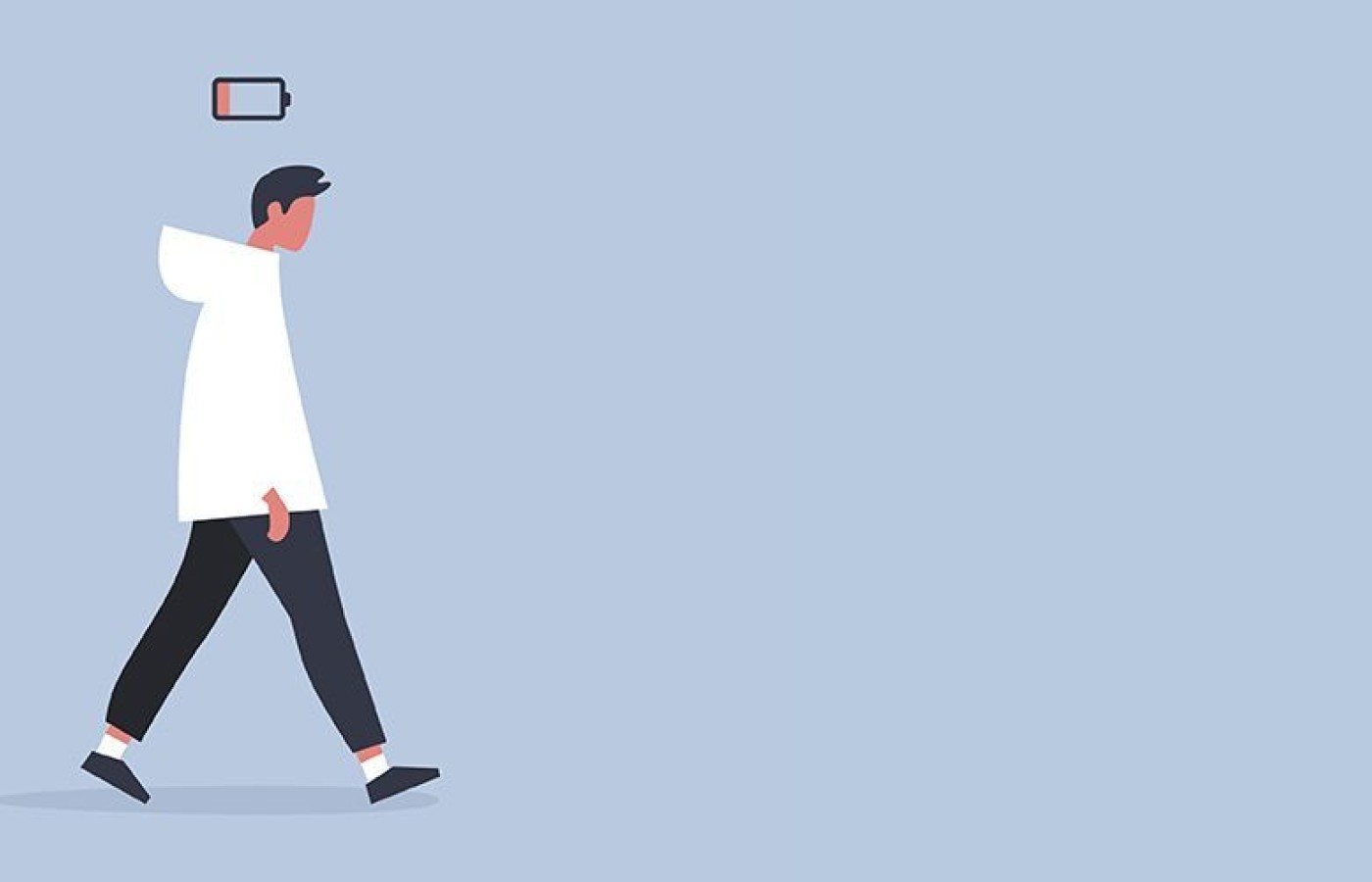Recent laws in New Jersey and California represent a disturbing trend that will negatively impact a practice’s ability to collect monies from patients, as well as expose them to significant penalties if the practice does not follow the mandatory guidelines to a T. Please be aware that a similar law may be coming to your state. The time to act is before the law is passed.
The Chiropractic Solution for Declining Millennial Health
If you're part of an older generation like I am (baby boomer), you have probably found yourself confused and even dismayed by the attitudes of millennials. Not that any group of people can be generalized or stereotyped, but I have left more than one encounter with a millennial scratching my head.
You may have even heard a few millennial jokes. One I find particularly revealing: "How many millennials does it take to change a light bulb?" (You can find the answer at the end of this article.)
In the February issue, I talked about how MDs are much more likely to refer patients to you than in the past. I shared the results of a recent study which revealed that 27.1 percent of physicians recommend manipulation to their patients. The study also found that "chiropractic/osteopathic manipulation" is the most commonly recommended approach by general/family practice physicians at 54 percent!1-2
In the March issue, I discussed the 47 million U.S. seniors whose health and lives could be so much better if they enjoyed regular chiropractic care. With almost 800 seniors for every practicing DC, this is a group in your community you should be reaching out to.3

But there is another group of people at the other end of the spectrum that are prime candidates to seek chiropractic care ... if only we will make the effort to communicate with them. As you may have guessed, they are the millennials and there are more of them (73 million) than any other generation, including baby boomers.
A recent study that is still rocking the financial world was conducted by Moody's Analytics for Blue Cross Blue Shield. At its core is this alarming concern: "Millennials are seeing their health decline faster than the previous generation as they age." And while most of the study focuses on the potential economic impact of those findings, there is an underlying opportunity that doctors of chiropractic are uniquely qualified to address.4
According to the authors, millennials (those born between 1981 and 1996) "are the largest, most educated, and most connected generation the world has ever seen."5 They are also likely the most dependent on medication for health than any previous generation.
In a related article, Mark Talluto, vice president of strategy and analytics for Blue Cross Blue Shield Association, notes that "a lot of millennials, they regularly don't see a set doctor or a set physician. There are some challenges there. It could be a challenge related to access [or] convenience. Another challenge is that they don't feel they're able to develop a trusting relationship with their provider and that the provider doesn't know them as an individual with their unique needs.6 That's also a barrier to seeking care." (Italics added)
For more than 30 years, it has been consistently shown that chiropractors provide greater patient satisfaction compared to medical doctors. This dates back to a seminal 1989 study in which the authors found that "patients of chiropractors were three times as likely as patients of family physicians to report that they were very satisfied with the care they received for low back pain (66% versus 22%, respectively)."7
Add to this the finding from the Blue Cross Blue Shield study that in the next eight years, more than 25 percent of millennials are expected to be suffering from high cholesterol and/or hypertension. As a DC, you can not only provide chiropractic care; you can also provide them with the necessary solutions and advice to increase their health and wellness.
It is my belief that most millennials were raised by TV and the Internet, with no sound health philosophy to guide them. You could be the wellness mentor they want and need. You could be the doctor they trust who knows them as a unique individual.
I've started the year by discussing three opportunities to reach more people with chiropractic care and grow your practice. My hope is that you make a serious effort to reach out to all three groups: the 1 million medical doctors, 47 million seniors and 73 million millennials. It's time to bring chiropractic to the main stage of health in your community.
Editor's Note: PS: The answer to the question, "How many millennials does it take to change a light bulb?" is "Why should the light bulb have to change? Maybe it likes who it is." And while this may bring a bit of humor (or not), it points out a reality for our millennials. They do need to change how they approach health if they hope to live happier, healthier lives.
References
- Petersen D. "Surprise! Your Best Referral Source." Dynamic Chiropractic, February 2020.
- Stussman BJ, et al. U.S. physician recommendations to their patients about the use of complementary health approaches. J Altern Complement Med, 2019 Nov 25 (epub ahead of print).
- Petersen D. "There's Chiropractic Gold in Silver." Dynamic Chiropractic, March 2020.
- White D, Wurm MA. "The Economic Consequences of Millennial Health." Prepared for the Blue Cross Blue Shield Association, Sept. 27, 2019.
- Dimock M. Defining Generations: Where Millennials End and Generation Z Begins." Pew Research Center, Jan. 17, 2019.
- Belmonte A. "Millennials 'Are Seeing Their Health Decline Faster'" Than Gen X, Worrying Experts." Yahoo Finance, Nov. 18, 2019.
- Cherkin D, MacCornack F. Patient evaluations of low back pain care from family physicians and chiropractors. West J Med, 1989 Mar;150(3):351-355.



